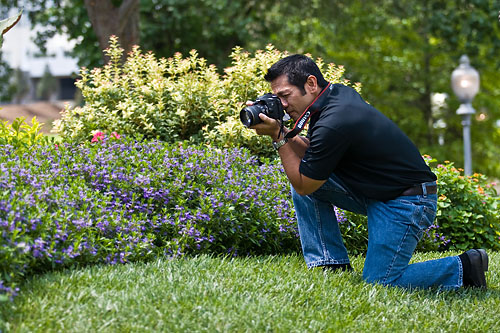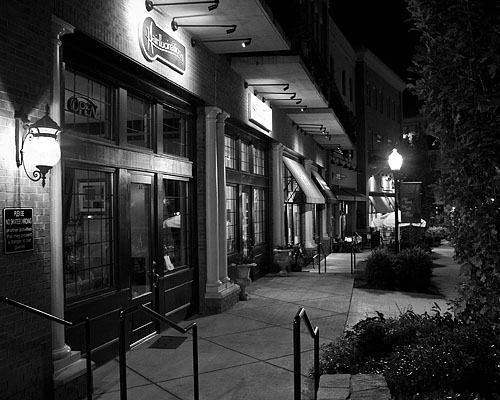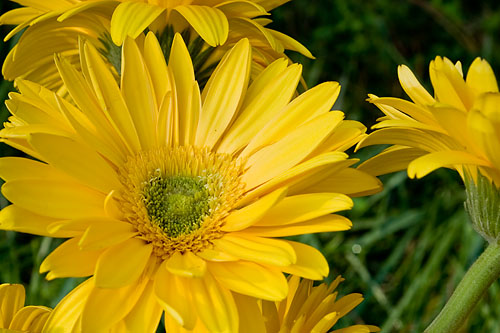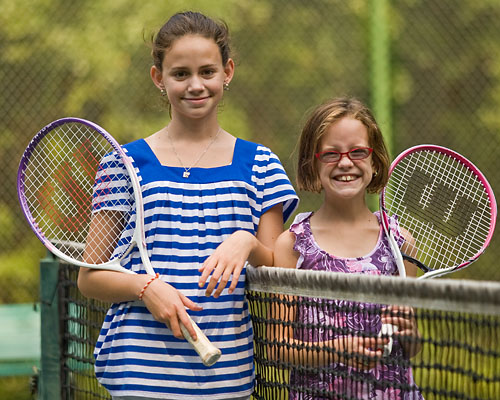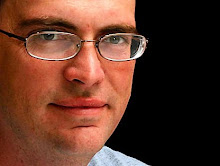
| 1/320 | f8 | ISO 400 | 200mm | RAW |
I had set out to do a different kind of photo, but you have to be alert for other opportunities — and that's exactly what I got today. This large butterfuly came fluttering past, and I instantly forgot everything else!
I was afraid the butterfly would be skittish, so I used my 70-200 f2.8 lens so I could zoom in close to the butterfly without physically getting too close. It hung around for about 10 minutes, but hopped from flower to flower, and I had to constantly change our shooting positions.
I shot this at f8 to get more depth of field, even though it was only about an inch. I didn't want to go any smaller on my aperture (which would give me more depth) because that would also reduce my shutter speed, and shooting at 200mm I needed to make sure the shutter speed stayed above 1/200 to help eliminate camera shake (the rule of thumb is you need to make sure your shutter speed is faster than the focal length of the shot).
I did bump up my film speed to ISO 400, however, which helped a lot (as explained in this post). Why didn't I go to ISO 800? Because at that film speed you start to get graininess added to the photo. As the camera increases the sensitivity of the image chip, the colors in the resulting photo becomes less smooth, which makes it appear grainy (like it was printed on sandpaper).
Out of the 40-50 shots I got of the butterfly, this wasn't my first choice. With the wings slightly closed, you can't completely see the symmetry in both wings. I did have one photo where the butterfly's wings were completely open, but there was one offshoot of the flowers below that blocked a tiny bit of the wings. I picked to post this shot was the best I had where there is nothing covering the butterfly.

